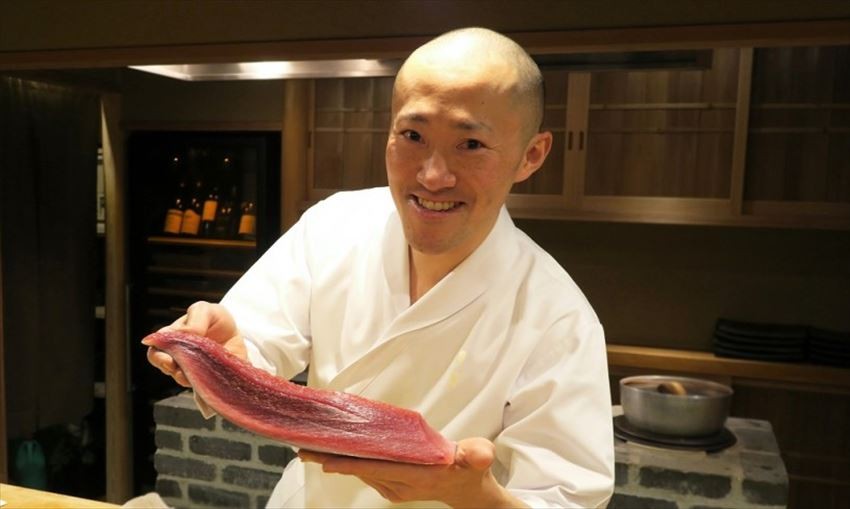
“Higashi-Azabu Amamoto” Mr. Masamichi Amamoto
In June 2016, Mr. Masamichi Amamoto opened his own sushi restaurant “Higashi-Azabu Amamoto” in Higashi-Azabu, Tokyo. With great expectation from gastronomes, this sushi restaurant had gotten no vacancy for reservation even before opening. In the winter of 2016, this restaurant was awarded 2 stars in the Michelin Guide 2017 shortly half year after the opening. The owner Mr. Masamichi Amamoto became a “big” rookie star in the sushi industry. This time, Mr. Amamoto talked about his training experience as an assistant of the legendary sushi master Mr. Mitsuyasu Nagano (so-called “Oyaji-san” which stands for an “elderly master” in Japanese) who had devoted his life to his famous sushi restaurant “Umi”, the spirit Mr. Amamoto gained from his training experience in Umi and his thoughts about sushi.
Encounter with the legendary sushi chef “Oyaji-san” of Umi and the experience which changed Mr. Amamoto’s life as a Sushi craftsman.
— First, could you please tell me about the trigger that made you decide to become a sushi craftsman?
Actually, at the beginning, I joined the dining industry not just because I wanted to become a sushi craftsman. My father used to run a stall in Nakasu, Fukuoka city, which had given me preliminary thoughts about becoming a chef. So my father introduced me to train myself in “Sushi Kappo Kogyoku” located in Haruyoshi, Fukuoka on the opposite side on the street of my father’s stall , and this prompted me to become a sushi chef later.
— How do you select and buy ingredients?
It’s all about relationships with brokers. Nowadays, even if you can go to the market very early, it doesn’t necessarily mean that you can get the best ingredients. Brokers gets access to everything. Recently the supply has kept decreasing. If 50 sushi craftsmen come to get at the same time, there won’t be enough supply. However, some great fishes won’t be displayed on the counter. Instead they are hidden behind. This kind of fish is really expensive, but once you try it, you won’t be able to back to other common fishes.
— Is the trusted relationship with intermediary brokers built from the trainee time?
About this question, there are quite fixed intermediaries that sushi shops will go to, but I won’t choose them. If I go to the same intermediary as others, as where I bought ingredients when I was in “Umi”, then I won’t be able to compete with others. There are about 5 intermediaries for others to choose from, but I only go to the one I trust. “If they don’t have special fishes then I won’t buy” is my faith. I buy everything but shrimp and tuna from one intermediary. Hence, I only purchase special ingredients. Even when something is in season but it’s not special, intermediary don’t suggest me buying it, I won’t buy it. I believe in their sense and choice of the intermediary brokers. In other words, I trade only with the brokers who I can trust and who can tell me about the best and special ingredients in season.
— What do you most want to tell customers from all over Japan and the World?
I would like tell them, of course, the atmosphere in the restaurant, but more importantly, our sincere belief of “we hope you enjoy the really delicious fishes”. Fishes from near sea in Japan are without doubt the most delicious fishes in the world, definitely! Moreover, the fish supply has kept decreasing, the good fishes are becoming less and more expensive. Furthermore, although almost all fishes are shipped to Tsukiji Market in Tokyo from all over Japan, I found that in the Central Market in my hometown Fukuoka, you can buy some unique ingredients from Kyushu, which cannot be found in Tsukiji Market. It’s achieved by a way called Sanchoku (Delivery directly from the fishing area). One day, the fishes I bought by calling the female master in Fukuoka market in the morning was delivered to Higashi-Azabu, Tokyo at 4:00 PM. I’m really grateful to this blessing environment.
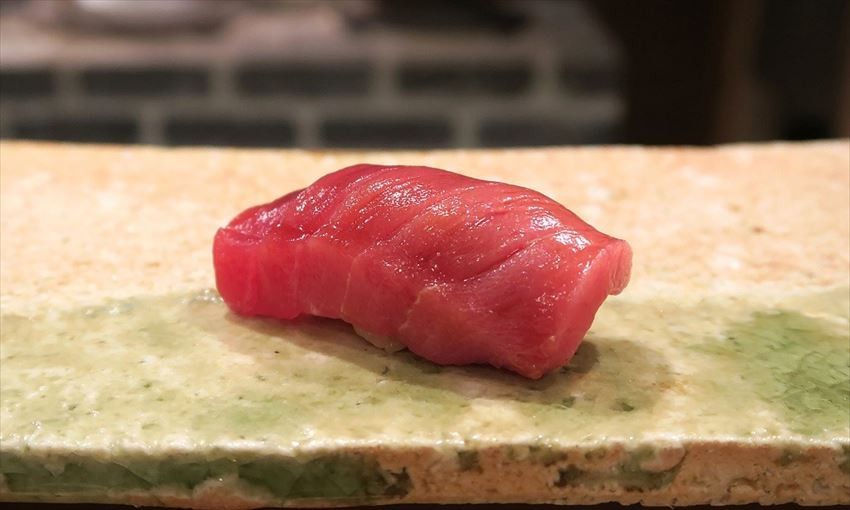
Chu-toro (medium fatty tuna) of Oma tuna
— In addition to sushi, the tsumami cuisine is really various and fantastic in the course menu of “chef’s selection of Mr. Amamoto”.
In my restaurant, there will always be around 10 “Tsumami(appetizer)”, including not only fresh food, but also some warm food after cooking on fire. I hope customers can enjoy these foods as well. In short, I want customers to be full and satisfied when they are leaving. The restaurant also provides sake and wine which fit these Tsumami. Different from fresh food, cuisine after some process can have a stronger taste and it is definitely suitable for wine and champagne. To be honest, we are selling almost at the purchased price, so please enjoy really great Tsumami with sake and wine!
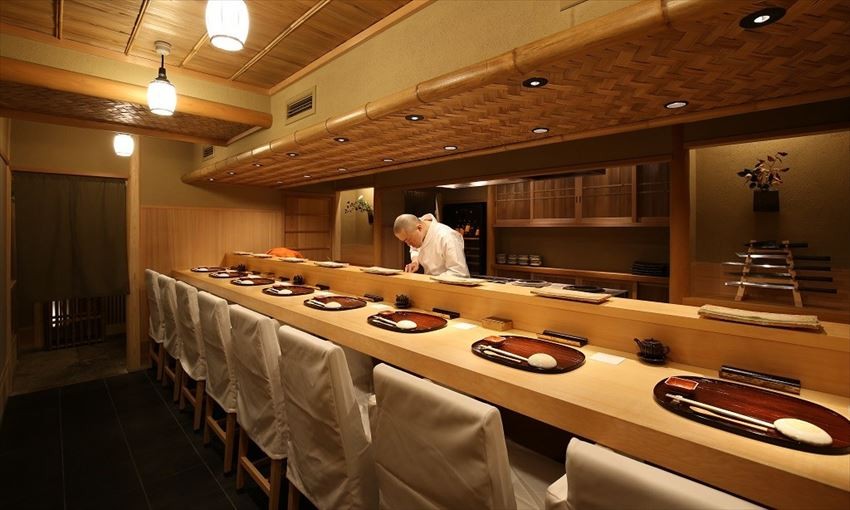
(After being awarded with Michelin two stars) I am really grateful to the staff who managed to open the restaurant, to the intermediaries in Tsukiji who provide best ingredients every day, to fish shops in Hakata, to wine shops, to the customers who supported me before the opening and many others. Thanks a lot! I will keep doing my best for the customers every day. Please keep visiting “Higashi-Azabu Amamoto” from now on.
Know more about this restaurant here>>>Sushi Umi (すし処 海味)
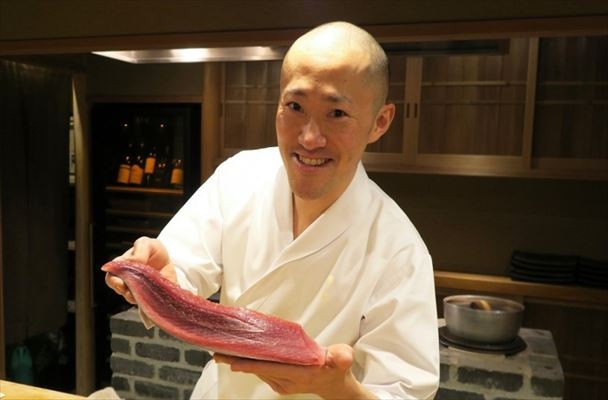
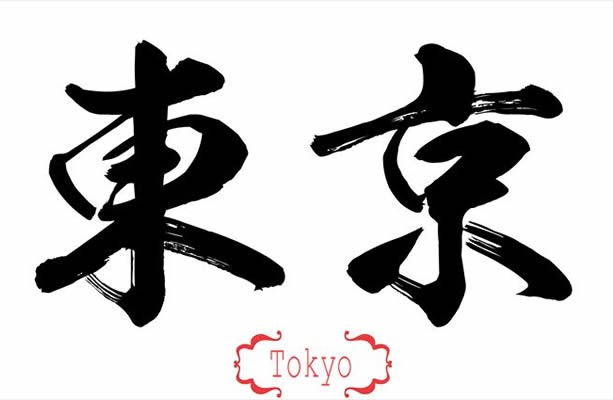
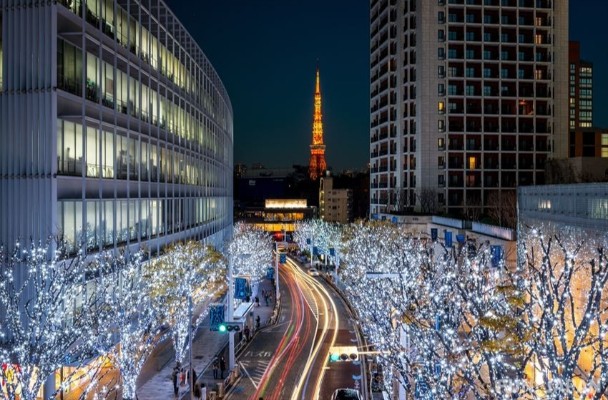
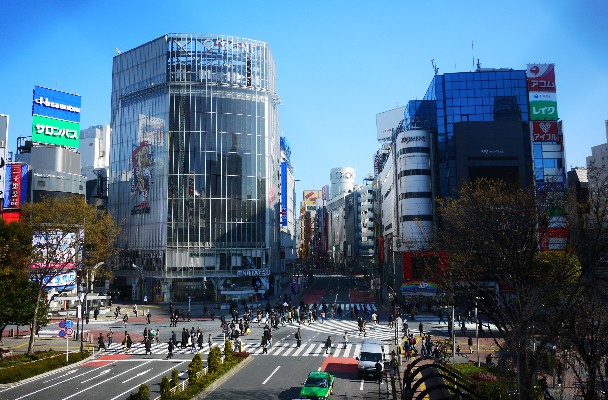
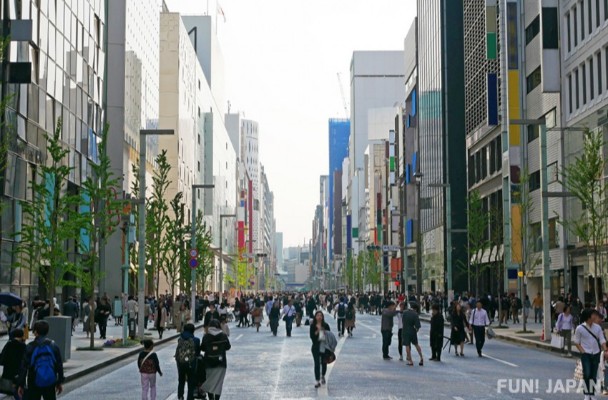
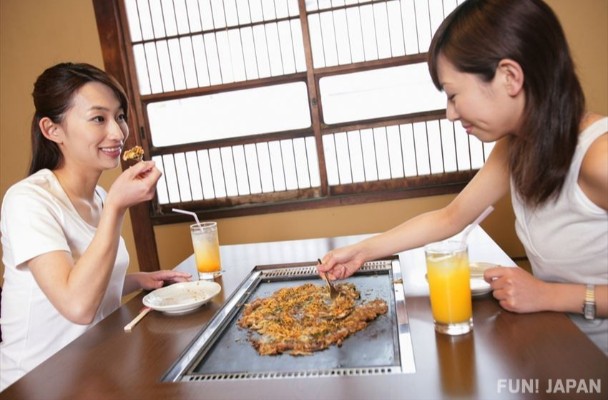
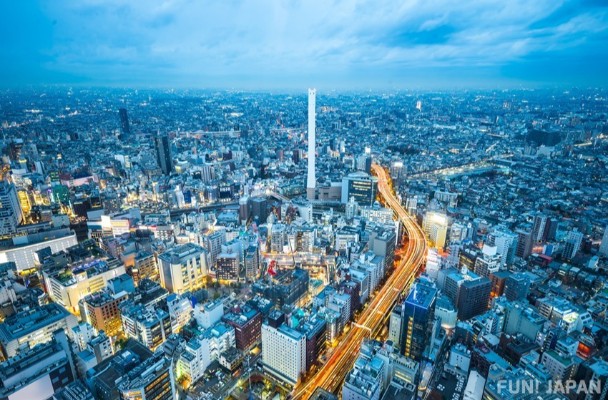
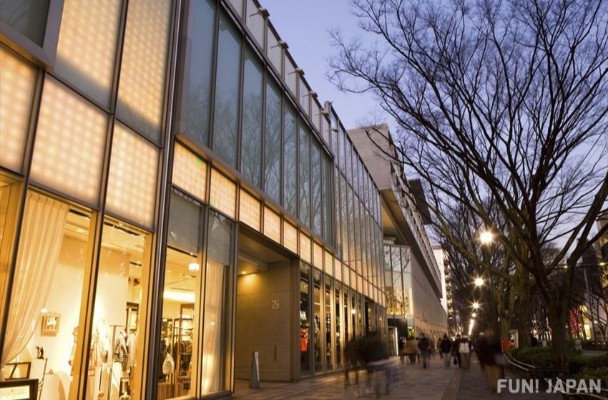
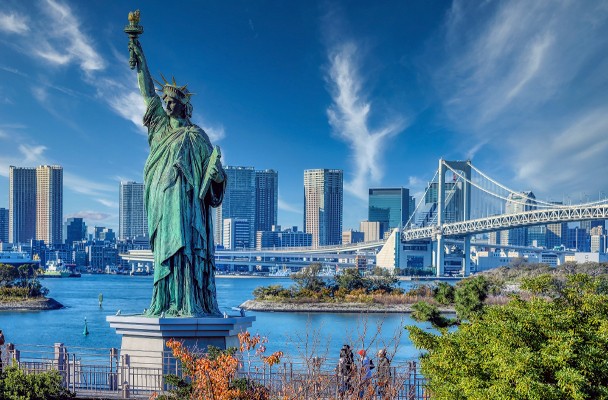
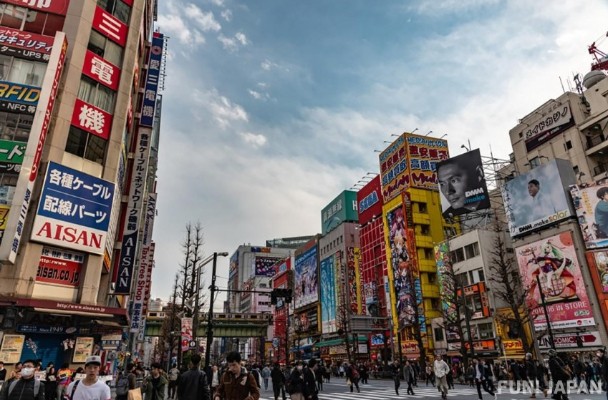
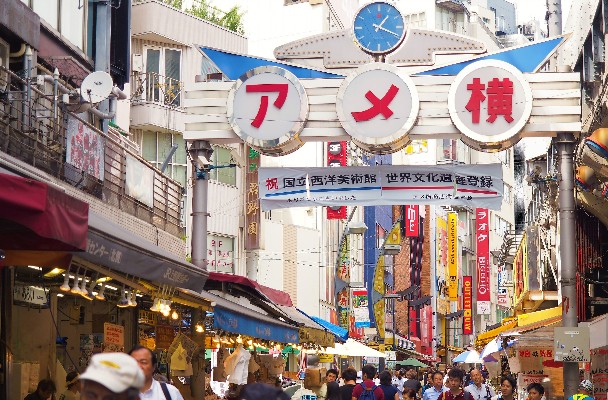
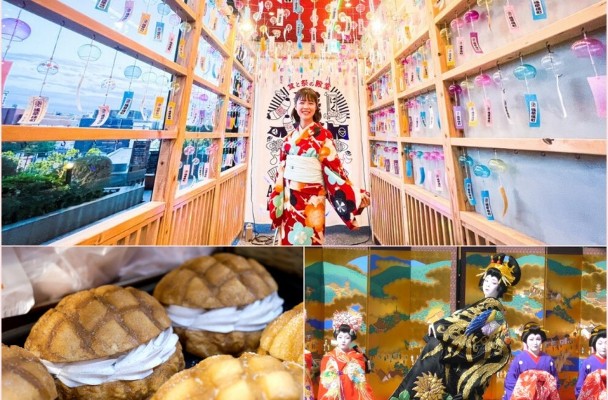
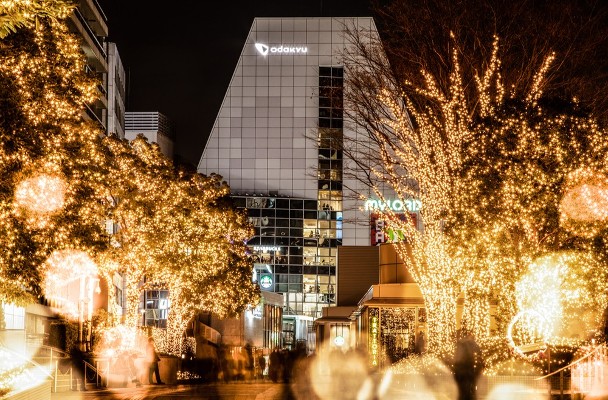
Comments